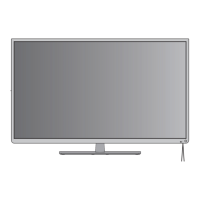
Do you have a question about the Toshiba 32W2300A and is the answer not in the manual?
Crucial precautions for safe operation and installation of the TV.
Guidance on setting up the TV safely and securely, including wall mounting.
Procedures for safely moving the television unit.
Procedures for addressing malfunctions, smoke, or broken cabinets.
Procedures and precautions for cleaning the TV safely and effectively.
Key considerations for TV placement, stability, and child safety.
Instructions for connecting an outdoor antenna for optimal TV reception.
How to insert batteries correctly into the remote control for operation.
Information about the optimal operating distance and angle for the remote control.
Visual guide to the main menu categories for TV setup and configuration.
Steps for powering on the TV, including energy-saving tips.
Initial TV setup process involving language, tuning, and basic settings.
Automatically scans and stores all available TV channels for optimal reception.
Manually tune ATV and DTV channels for precise channel management.
Options for configuring DTV channels, including sorting and subtitle settings.
Configures the TV to automatically turn off after a set period of inactivity.
Restores all TV settings to their original factory default values.
Provides quick access to commonly used picture, sound, and system settings.
Explains the meaning of various icons displayed during programme information viewing.
Selects different aspect ratios for optimal viewing of various broadcast formats.
Selects preset picture settings optimized for different types of content.
Allows custom adjustment of picture settings and levels.
Adjusts color warmth and black levels for optimized picture quality.
Manages backlight levels and ambient brightness sensor.
Fine-tunes color settings for 3D and individual color adjustments.
Reduces picture noise and compression artifacts for clearer images.
Controls audio output, muting, and dual language broadcast selection.
Enhances bass and normalizes volume levels across different sources.
Configures digital audio output format and settings for external amplifiers.
Provides additional narration for visually impaired viewers.
Schedules the TV to turn on automatically at a specific time or channel.
Sets the TV to automatically turn off after a specified duration.
Manually selects sources and identifies HDMI CEC devices for control.
Accesses advanced CEC settings and enables one-touch device activation.
Manages standby modes and audio output preferences with connected devices.
Configures automatic power functions and amplifier control for CEC devices.
Steps to connect a mobile device to the TV via HDMI 2 port using an MHL cable.
Accesses MHL control features via the Quick Access menu.
Sets parental control passwords and blocks specific channels.
View image files (JPEG, PNG, BMP) from a USB storage device.
Step-by-step guide to view photo files from a USB storage device.
Configures slideshow intervals, repeat options, and background music.
Play music files (MP3, WMA) from a USB storage device.
Displays detailed information about photo files.
Shows music file metadata and configures repeat modes for playback.
Select and play video files from a USB storage device.
Sets repeat modes and A/B points for video playback.
Manages playlists and adjusts playback speed (forward, step).
Displays video file details and selects display aspect ratios.
Locks TV buttons and automatically formats widescreen content.
Stretches 4:3 content and enables blue screen for no signal.
Registers the TV for playing DivX VOD content.
Removes DivX registration and updates TV firmware via USB.
Views system details and manages subtitle/audio language settings.
Sets TV time and organizes channels into selectable groups.
Accesses electronic programme schedules and sets recording timers.
Configures teletext display and navigates pages using different methods.
Explains the functions of remote control buttons used for teletext.
Basic control of audio/video equipment via HDMI CEC.
How to connect HDMI or DVI sources for digital audio and video input.
Optimizes TV picture settings for computer input.
Adjusts the picture position for PC input.
Adjusts PC image size and clears display artifacts.
Resets PC settings and automatically adjusts picture parameters.
Addresses issues like no picture/sound, poor color, or B&W media player output.
Solves remote control failures and teletext display problems.
Handles forgotten passwords, HDMI device problems, and auto-off features.



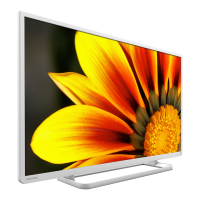
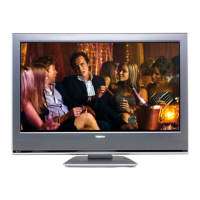
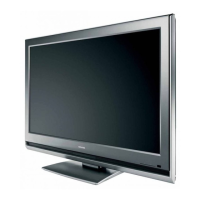


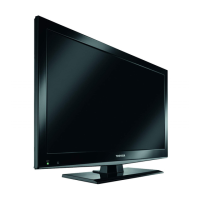


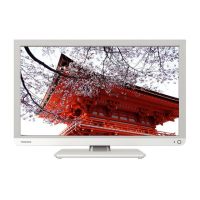
